- By the Bay Health
Trip Down Memory Lane
A look at five decades of milestones for By the Bay Health and the hospice care movement.

- Video
50 Years of Care: Community Physicians
Mary Taverna and Skelly Wingard, former and current CEOs of By the Bay Health, discuss our organization’s five decades of providing compassionate hospice and palliative care to the Bay Area community.
To see the full conversation, follow this link.

The Beginnings of a Movement
The world’s first modern hospice was created in 1967 by physician Dame Cicely Saunders, who founded St. Christopher’s Hospice outside of London, England. Dame Saunders’ work sparked the hospice movement in the United States beginning in the 1970s.
The first hospice legislation is introduced by Senators Frank Church and Frank E. Moss to provide federal funds for hospice programs. The legislation is not enacted.
Hospice of Marin is founded as a community, nonprofit hospice, the second in the U.S. and the first in California. Led by volunteers —Medical Director Dr. William Lamers, Jr., the Rev. John Thornton and community advocate Barbara Hill — Hospice of Marin provides terminally ill patients with compassionate hospice care at home, minimizing pain and suffering and improving quality of life.
Mary Taverna, RN, officially joins the team at Hospice of Marin.
A U.S. Department of Health, Education, and Welfare task force reports that “the hospice movement as a concept for the care of the terminally ill and their families is a viable concept and one which holds out a means of providing more humane care for Americans dying of terminal illness while possibly reducing costs. As such, it is the proper subject of federal support.”
Mary Taverna, R.N, a volunteer hospice nurse, is named Executive Director (later CEO) of Hospice of Marin.
Hospice of Marin goes on to become a leader in the nation’s growing hospice care movement, training physicians around the U.S. and joining the grassroots effort lobbying Congress for hospice funding through Medicare, with the goal to minimize the financial burden on families caring for seriously ill loved ones.
The Health Care Financing Administration (HCFA) initiates demonstration programs at 26 hospices across the country to assess the cost effectiveness of hospice care and to help determine what a hospice is and what it should provide.
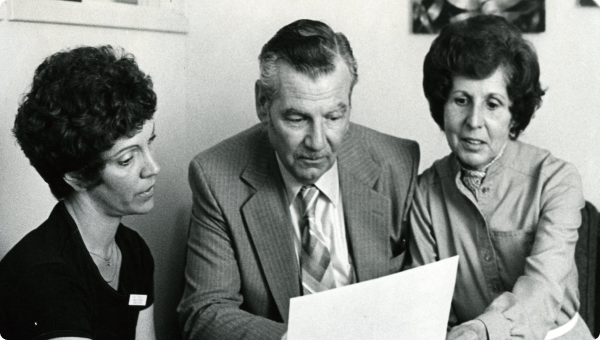












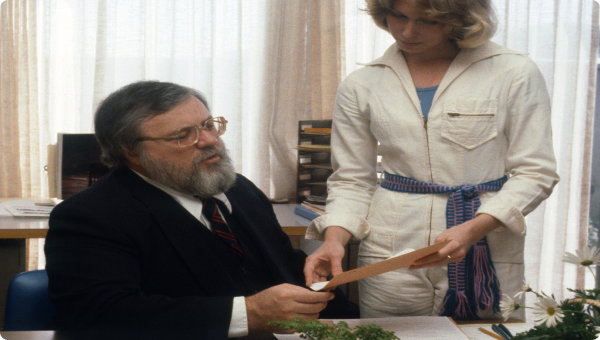

Government Efforts Pick Up Steam
As government officials and private foundations begin to see the benefits of hospice care, efforts to expand its availability nationwide start to gain traction.
The W.K. Kellogg Foundation awards a grant to the Joint Commission on Accreditation of Healthcare Organizations (JCAHO) to investigate the status of hospice and to develop standards for hospice accreditation.
Congress includes a provision to create a Medicare hospice benefit in the Tax Equity and Fiscal Responsibility Act of 1982, with a 1986 sunset provision. The team at Hospice of Marin plays a lead role in drafting the benefit legislation.
Joint Commission on Accreditation of Healthcare Organizations (JCAHO) initiates hospice accreditation.
Thanks in part to our work, the Medicare Hospice Benefit is made permanent by Congress and hospices are given a 10% increase in reimbursement rates. States are given the option of including hospice in their Medicaid programs. Hospice care is now available to terminally ill nursing home residents.
Congress gives hospices their first increase (20%) in reimbursement since 1986 and ties future increases to the annual increase in the hospital market basket through a provision contained in the Omnibus Budget Reconciliation Act of 1989.



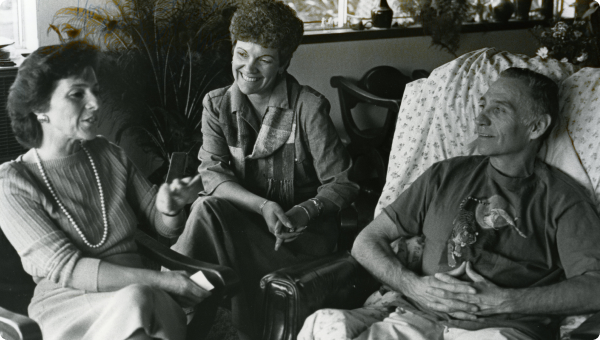






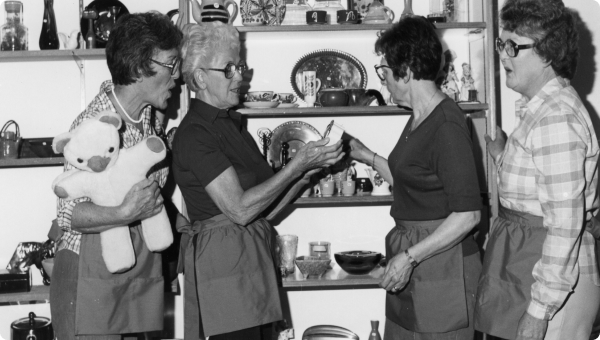


The Hospice Movement Scores Several Victories
With the U.S. government embracing hospice care as both an idea and a practice, laws and funding begin to follow.
The Commission on the Future Structure of Veterans Health Care (Mission Commission) releases a report recommending inclusion of hospice care in the veteran’s benefit package.
The Commission on the Future Structure of Veterans Health Care (Mission Commission) releases a report recommending inclusion of hospice care in the veteran’s benefit package.
Hospice of Marin is chosen to take over Valley of the Moon’s hospice program in Sonoma County.
Congress passes the Indian Health Care Improvement Act of 1992, calling for a hospice feasibility study.
Hospice is included as a nationally guaranteed benefit under President Clinton’s health care reform proposal. Hospice is now an accepted part of the healthcare continuum.
The Balanced Budget Act of 1997 (BBA 97) includes hospice provisions that, among other things, restructure the hospice benefit periods and remove physician services from the core services requirement. BBA 97 also reinstates a hospice cost report and reduces hospice payment updates by market basket minus one percentage point.
The U.S. Postal Service issues the Hospice Care commemorative stamp in February.







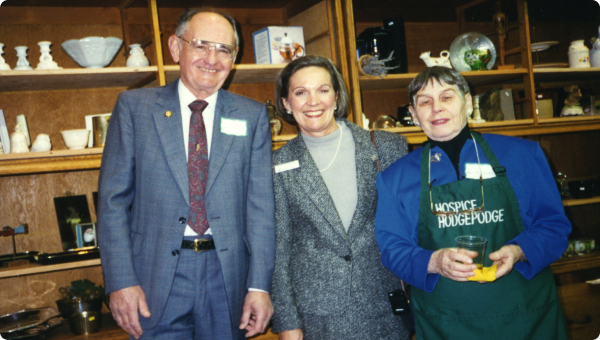





Big Growth and Big Changes for Our Organization
The increasing presence of hospice care in America’s healthcare system fuels a decade of growth for our work and mission.
Research from the Department of Health and Human Services, Office of the Assistant Secretary on Planning and Evaluation, shows statistically significant findings supporting the provision of hospice care for residents of skilled nursing facilities.
Hospice of Marin acquires Hospice by the Bay in San Francisco, becoming a tri-county provider of hospice care.
Hospice of Marin purchases its Larkspur headquarters to centralize administration, improve operations, and reduce costs.
More than 1 million Americans with a life-limiting illness were served by the nation’s hospices in 2004, the first time the million-person mark has been crossed.
U.S. Senator Barbara Boxer presents the 2005 Healthcare Champion Award to Hospice of Marin for its work with diverse populations in the Bay Area and for serving as a model for hospice care around the country.
The number of hospice provider organizations throughout the country tops 4,000 for the first time
Hospice of Marin changes name to Hospice by the Bay, reflecting its expanded regional service area.
Hospice by the Bay acquires VITAS Innovative Hospice Care® of the North Bay, adding to its services in Sonoma County.
Sandra Lew, LCSW, is named CEO of Hospice by the Bay.
Hospice by the Bay expands services to northern San Mateo County.
Mary Taverna retires and assumes the role of Hospice by the Bay Board President Emeritus.
The number of hospice volunteers continues to grow with a record 550,000 people serving as volunteers nationally.
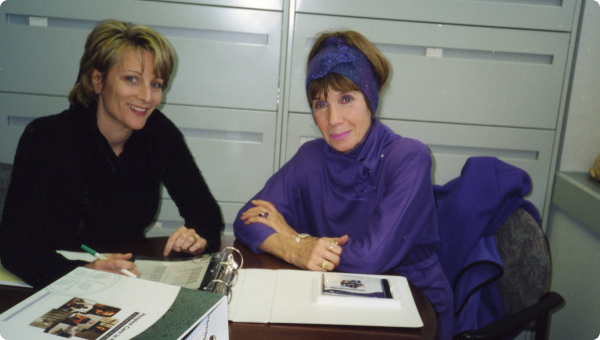








10 Years of Accolades and Partnerships
Having surpassed the thirty-year mark, our organization spends the 2010s combining our efforts with partners in the local community.
Hospice by the Bay celebrates its 35th anniversary.
Hospice by the Bay begins a regional, pilot pediatric hospice and palliative care program, funded by the State of California, to provide special support to children with life-limiting illnesses.
Board Member Dennis Gilardi was honored as Volunteer Health Care Hero of the Year by the San Francisco Business Times. Gilardi, a Larkspur resident, had been part of the Board of Directors leadership since 1978. This award honors professionals and volunteers working to improve the health care system and the lives of Bay Area patients.
To meet the needs of under-served Bay Area communities, Hospice by the Bay forms culturally sensitive, bilingual care teams to serve Spanish- and Chinese-speaking hospice patients and families in their primary language.
For the agency’s innovative cost-containment program that successfully reduced expenses by more than $1 million, Hospice by the Bay received the 2013 Amerinet Healthcare Achievement Award for Financial and Operational Improvement.
Responding to changes in technology, a mobile app for physician referrals is released for Android phones, iPhones and iPads. Hospice by the Bay and Sonoma Valley Hospital launch an innovative pilot program, opening the North Bay’s first in-patient room dedicated solely to hospice patient care.
Hospice by the Bay expands services to the City of Napa.
Kitty Whitaker, RN, MS, is named CEO of Hospice by the Bay.
Hospice by the Bay celebrates its 40th anniversary.
UC San Francisco and Hospice by the Bay form an affiliation to expand quality patient care for seriously and terminally ill patients in the Bay Area.
Hospice by the Bay collaborates with The Tamalpais Senior Living Community to create the first non-hospital based hospice care room in the North Bay.
Hospice by the Bay acquires InCare Home Health, expanding its services to include skilled home health care.
Hospice by the Bay acquires Healing At Home from Sonoma Valley Hospital.
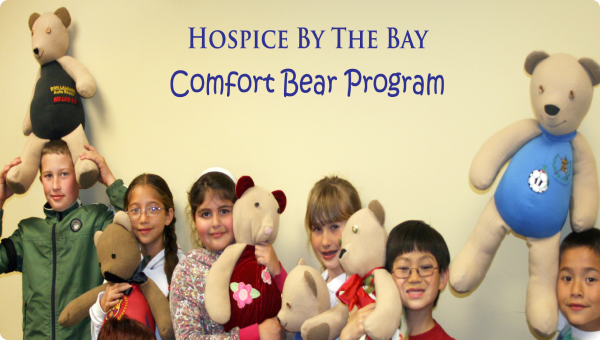




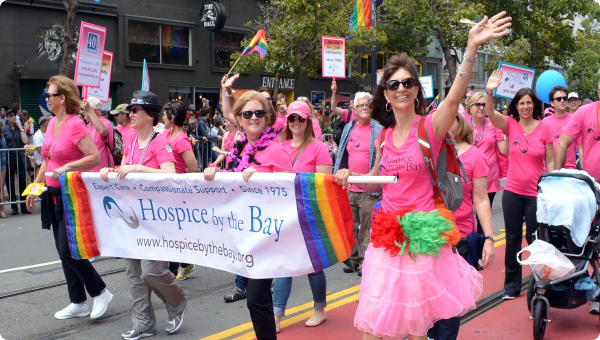




A New Name With the Same Mission
With half a century of service under our belt, we transform our organization to reflect its services have expanded beyond hospice care.
Hospice by the Bay changes its name to By the Bay Health to reflect the expansion of home health care services beyond hospice.
By the Bay Health CEO Kitty Whitaker retires.
Skelly Wingard, RN, MS, PHN is appointed new CEO.
By the Bay Health partners with College of Marin and the Canal Alliance to launch a Certified Nursing Assistant and Certified Home Health Aide program.
By the Bay Health wins Sonoma People’s Choice Award for Best Home Health Services for the 8th consecutive year.
Skelly Wingard, RN, MS, PHN joins the Board of the Marin County Office of Educational School to Careers Partnership.
By the Bay Health, Mission Hospice & Home Care, and Hope Hospice merge to become the largest independent notfor- profit hospice network in Northern California.
By the Bay Health Home Health Services receive a 5-star rating on Care Compare and a 4-star rating from the Home Health Care Consumer Assessment of Healthcare Providers and Systems (HHCAHPS).





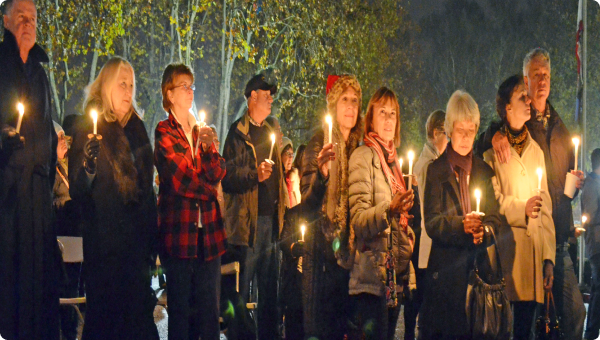

Our Future Is About Improving Yours

- Donate
Community Makes Our Work Possible
As the largest independent nonprofit hospice network in Northern California, our local community helps provide access to exceptional and compassionate care for our diverse and most vulnerable populations.
- PATHWAYS TO CARE CAREERS
Creating Pathways for Future Care “Angels”
Our Pathways to Care Careers initiative is designed to create new healthcare careers in home-based care. Join us in supporting the growth of serious illness and end-of-life care in the home for years to come.
